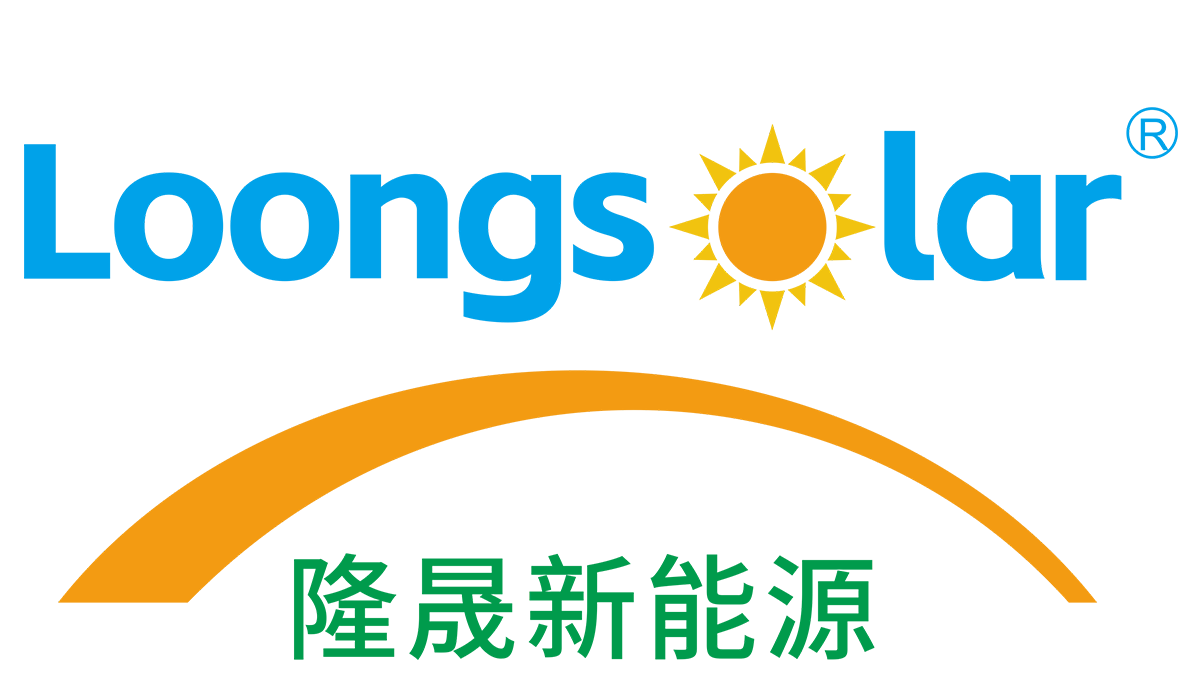The Economics of Solar Energy Investment
Understanding Solar Energy System Costs
Investing in a solar energy system involves understanding the comprehensive costs associated with solar panel installation. Initially, these costs include the price of panels, mounting hardware, inverters, and wiring. Installation labor charges and permits further contribute to the initial outlay. As of recent data, the average cost for residential solar installations hovers around $3.00 per watt, translating to approximately $15,000 to $25,000 for an average-sized system in the U.S. Interestingly, these prices have decreased significantly over the past decade thanks to technological advancements and economies of scale.
Financing options have evolved to make these systems more accessible. Homeowners can consider several options, including solar loans, leases, and Power Purchase Agreements (PPAs). Each financing method offers unique benefits; loans allow you to own the system and benefit from potential tax credits, while leases and PPAs reduce upfront costs by allowing you to pay for solar energy monthly, akin to a utility bill. Understanding these choices enables prospective solar investors to align their financial strategy with their long-term goals.
Long-Term Savings vs. Traditional Energy Sources
Evaluating the economic merits of solar power, it's essential to compare the long-term savings against traditional energy sources. Over a 20-year span, solar energy systems can significantly reduce or even eliminate monthly electricity bills. For instance, while conventional electricity rates may be subject to inflation, the sun's energy remains free, causing solar-powered homes to see sustained declines in energy expenditures.
A detailed cost-benefit analysis reveals that, despite the initial investment, solar systems provide robust financial benefits over time. According to the National Renewable Energy Laboratory (NREL), homeowners can expect a return on investment within 7 to 10 years, post which savings accumulate exponentially. Moreover, studies by the Lawrence Berkeley National Laboratory underscore that solar energy investments result in substantial cost reductions versus continued reliance on traditional energy sources vulnerable to volatile price hikes.
Government Incentives and Tax Breaks
Government incentives and tax breaks play a pivotal role in reducing the upfront costs of solar power installations. Federally, the Solar Investment Tax Credit (ITC) allows homeowners to deduct 30% of the installation costs from their federal taxes, a boon extended through 2032. State-specific programs further supplement these savings, offering rebates, tax exemptions, and performance-based incentives tailored to localities.
Such incentives have markedly boosted national adoption rates for solar energy. The Solar Energy Industries Association (SEIA) reports that tax incentives have resulted in a 48-fold increase in solar installations since the ITC's inception in 2006. By leveraging these opportunities, homeowners not only decrease the initial financial burden but also contribute to the broader adoption of solar energy, fostering a sustainable future.
How Solar Panel Installation Creates Value
Energy Production and Grid Independence
Solar panels provide energy production capabilities that significantly contribute to grid independence. By generating their electricity, homeowners gain more control over their energy consumption, lessening reliance on external power sources. This autonomy enhances energy security and helps combat fluctuating market energy prices. Different regions experience varying degrees of solar energy production based on latitude and climate. According to the National Renewable Energy Laboratory, states like California and Texas hit substantial output peaks, improving consumer control over their energy freedom and potentially leading to 40%-60% electricity bill reductions.
Increasing Property Resale Value
Evidence from real estate studies consistently shows that homes equipped with solar panel systems often sell at a premium compared to those without. Buyers increasingly perceive homes embracing sustainable technology as desirable investments. A report by the Lawrence Berkeley National Laboratory indicates that installing a home solar power system raises property values by an average of 4% in comparison to non-solar homes. This increased value is not solely financial; it reflects a growing buyer trend valuing environmental responsibility and energy efficiency, thus enhancing the market appeal of solar-integrated homes.
Reducing Utility Bill Volatility
Investing in solar energy stabilizes household energy expenses, making them less susceptible to fluctuating utility rates. Before deploying solar panels, families might experience unpredictable variations in billings. However, post-installation, utility bills become substantially more predictable. A case study from the Solar Energy Industries Association highlights a family in Phoenix whose annual electricity variances decreased by 20% after solar panel installation. Not only do stable costs present a financial relief, but predictable expenses also alleviate psychological stress, ensuring families can better plan economically.
Solar Power System Durability & ROI
Lifespan of Modern Solar Energy Systems
Modern solar energy systems boast impressive longevity, with solar panels typically having an average lifespan of 25 to 30 years. This durability is further enhanced by manufacturer guarantees and performance warranties that assure continued efficiency. For instance, leading solar technology manufacturers often guarantee that their panels retain at least 80% efficiency after 25 years. This assurance not only emphasizes the reliability of these systems but also their long-term viability as an energy solution.
Such longevity is backed by advancements in solar materials and technologies that minimize degradation and enhance resilience against environmental elements. The ability to sustain energy production effectively over decades positions solar panels as a sound investment for homeowners and businesses alike.
Maintenance Costs Over 25+ Years
Solar power systems are renowned for their low maintenance requirements, making them a financially prudent choice over the long term. Typical maintenance tasks include periodic cleaning of panels to ensure optimal sunlight absorption, occasional inspections to check system health, and inverter maintenance approximately every 5 to 10 years. These tasks are both simple and cost-effective.
A significant appeal of solar panels is the infrequency of major repairs, backed by statistics and user experiences that indicate minimal intervention needed over the lifespan of the system. This aspect not only offers peace of mind but contributes to the overall cost-effectiveness of solar panel systems, making them an attractive option for sustainable energy solutions.
Case Studies: Break-Even Timelines
Understanding the break-even timelines for solar panel investments is crucial for evaluating their financial benefits. Case studies of various homeowners illustrate the diverse factors influencing these timelines, such as geographical location and local incentives. For instance, in regions with abundant sunlight and favorable solar policies, some homeowners report reaching their break-even point in as little as five years. Conversely, areas with moderate sunlight may see longer timelines.
In Arizona, with its high solar yield, the payback period is notably swift due to favorable state incentives and the region’s abundant sunshine. Such examples highlight the potential for significant savings and return on investment, affirming solar energy as a worthwhile venture across different regions.
Carbon Offset Equivalencies
Switching to solar energy significantly reduces household CO2 emissions. On average, a typical residential solar installation can offset about 4 tons of carbon dioxide annually. According to various environmental studies, the cumulative impact over the solar panel system's lifespan equates to the carbon sequestration of around 100 mature trees each year. Reports highlight that even a modest home solar power system can mitigate substantial amounts of greenhouse gases, contributing to a cleaner, more sustainable future.
The benefits extend beyond individual households, as larger-scale solar power installations drive considerable environmental improvements. Take, for instance, a report by the National Renewable Energy Laboratory (NREL), which underscores that widespread adoption of solar panels could significantly decrease national emissions. Such reductions demonstrate solar energy's vital role in combating climate change and underscore its substantial carbon offset capacity.
Contribution to Energy Grid Stability
Solar power installations enhance grid stability by decentralizing power generation. Unlike traditional grid systems reliant on a few large power plants, solar energy systems distribute power sources across numerous locations. This decentralization bolsters reliability, as multiple access points alleviate stress on any single part of the grid and diminish widespread outages.
Energy authorities emphasize that solar panels contribute to balancing peak demands, reducing the burden on traditional energy infrastructure. A recent assessment by the International Energy Agency (IEA) reveals that renewable sources like solar power are pivotal in fostering a resilient and adaptable energy grid. By integrating solar energy, we not only enhance grid stability but also progress towards a more sustainable energy future.
Sustainable Community Development
The adoption of solar energy systems within communities fosters a culture of sustainability. As the installation of solar panels becomes more frequent, communities witness a collective shift towards resource conservation and environmental responsibility. Local governments and solar companies often collaborate on projects that bring affordable solar solutions to community members, enhancing the sustainability of entire neighborhoods.
Such partnerships exemplify sustainable community development. For instance, initiatives where municipalities work with solar companies aim to make solar power accessible to all residents, promoting energy independence and environmental stewardship. This synergy not only helps reduce carbon footprints but also educates communities about sustainable practices, ensuring a harmonious balance between economic growth and environmental responsibility.
Future-Proofing with Solar Technology
Adapting to Energy Market Fluctuations
Solar energy serves as a buffer for households against energy price spikes and market instabilities. By generating electricity onsite, families can reduce dependency on volatile energy markets and the traditional grid. Historical data shows that during periods of energy crises, solar users maintain greater control over their energy costs, illustrating resilience in the face of uncertainty. For instance, during the Texas energy crisis, solar-powered homes were less impacted financially, demonstrating the stability that solar energy investment can offer.
Integration with Smart Home Systems
The integration of solar energy systems with smart home technologies enhances efficiency and provides innovative energy solutions. Solar panel installations are increasingly compatible with smart appliances, allowing households to optimize their energy use based on real-time data. Current trends emphasize innovations such as grid technology that enables users to monitor and control energy consumption from solar-powered smart devices. This synergy not only maximizes the benefits of solar panels but also contributes to a more sustainable and efficient household management system.
Scalability for Expanding Energy Needs
Solar energy systems can be scaled according to a household's growing energy requirements, making them a flexible solution for future needs. Additional panels can be integrated into existing setups to accommodate increased energy consumption, ensuring that even as family dynamics or business activities change, energy supply remains consistent. Expanding family homes and businesses often add more solar panels to their systems, thereby adapting their solar energy system to sustain their evolving energy demands, all while maintaining environmental efficiency and economic feasibility.






